“Hydrological Constellations”: a science & art piece
Contributed by Louise Arnal (artist & scientist; postdoctoral fellow at the University of Saskatchewan)
From 29 June to 1 July 2021, the joint workshop “Connecting global to local hydrological modelling and forecasting: scientific advances and challenges”, co-organized by ECMWF – CEMS – C3S – HEPEX – GFP, was held virtually. As a scientist and artist, I wanted to participate and reflect on the topics explored during the workshop with both my scientist and artist hats on. With the support of the workshop organizers, I sent a short online questionnaire to the workshop participants prior to the meeting. It asked questions about the participants’ practice and perspectives on hydrological modelling and forecasting.
I collected a total of 126 answers and processed them to make graphics that looked at (dis)similarities between the participants’ answers. From these graphics, I then created digital art pieces, transforming clusters of answers into night sky constellations. The rich discussions I had with participants during the workshop, and the workshop presentations, inspired the storylines behind each constellation / art piece. Below is the final piece, “Hydrological Constellations”, that I created during the workshop. This science & art piece is a metaphor for reading our destiny in the night sky constellations, and how far we have advanced as a community in terms of predicting future hydro-meteorological events.
Discover the story behind each constellation below!
Enthusiastically waiting in the science and art (SciArt) booth at the virtual workshop (hosted on gather.town) to chat with other participants.
Piece #1
Constellation name: Origo, latin for ‘origin’ or ‘source’.
Origo depicts the various data sources used by hydrometeorologists. Meet the modern-day hydrometeorologist, using mostly model-based data and field measurements / ground observations, illustrated respectively by the hands in the foreground on the keyboard and on a measuring device being used to measure water flow. Other data sources are used less often and are depicted by features on the hydrometeorologist’s face, in the background and not well defined. These include Earth Observations (eyes), remote sensing (nose), open-access data (mouth) and qualitative data (ears). From the participants’ answers, it seems that hydrometeorologists working on very different spatial domains (local to global) use similar data sources. Great news for connecting global with local forecasting? But participants have also pointed out that there is still a need for increased availability of local data to feed into global systems.
Piece #2
Constellation name: Clepsydra, an ancient time-measuring device using the flow of water.
This piece is inspired by the lead times at which hydrometeorologists currently have access to / provide prediction information vs. the lead times at which they would want to have access to this information. From the answers collected, it appears that hydrometeorologists would like to increase the lead time at which they have access to information by a factor of ~1.5. But past a lead time of 2-3 months, this trend seems to reach a plateau. Hence the deformed sand clock. Is it because hydrometeorologists currently do not think more predictability can be achieved? To reuse a few quotes from participants, do we need more “creativity and open discussions on the limitations”? Or perhaps “making the uncertainty of uncertainty certain”? Or a mix of both? Or something completely different? At the end of the day “water is the future”, and we are all here to help shape it!
Piece #3
Constellation name: Telescopio, latin for ‘telescope’.
Telescopio looks at the value hydrometeorologists give to components of the data products they use / produce. From the answers collected, hydrometeorologists value trust in the data provider, data source and the data reliability the highest. Local applicability and skill are valued to a smaller extent. I would have expected local applicability to rate very high for a workshop about connecting global to local hydrology. This message seems to be in line with participants’ open responses to “What is for you the future of hydrometeorology?” and to “What do you think is needed to connect global with local hydrological modelling and forecasting?” (see the wordclouds below made from answers to these two questions). As a participant pointed out during the workshop: “I was surprised not to see the word ‘people’ mentioned in answers to the 1st question”. Answers to the 1st question, What is for you the future of hydrometeorology?” , instead focused on technology and science. Answers to the 2nd question, “What do you think is needed to connect global with local hydrological modelling and forecasting?”, overwhelmingly mentioned more human-centred activities such as communication and collaboration. We are perfecting tools to explore horizons once unknown. But how perfect do these tools have to be before we connect worlds on either end of the telescope?
Wordclouds made from participants’ open responses to “What is for you the future of hydrometeorology?” (left) and to “What do you think is needed to connect global with local hydrological modelling and forecasting?” (right).
With thanks to the workshop participants and organizers for their keen support of merging science & art!

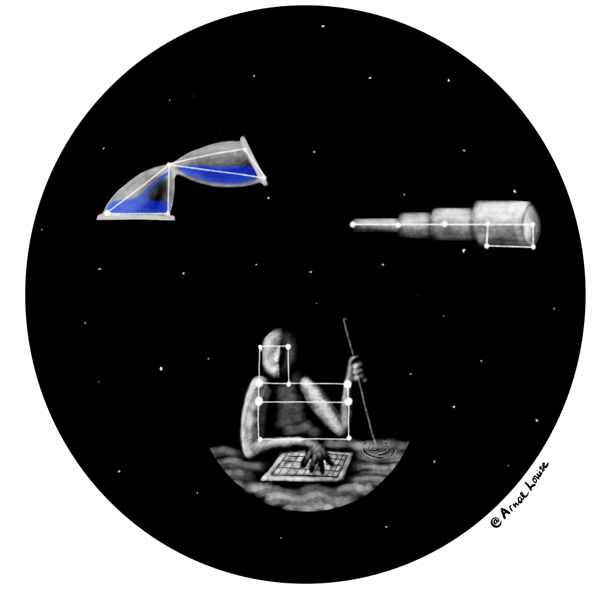
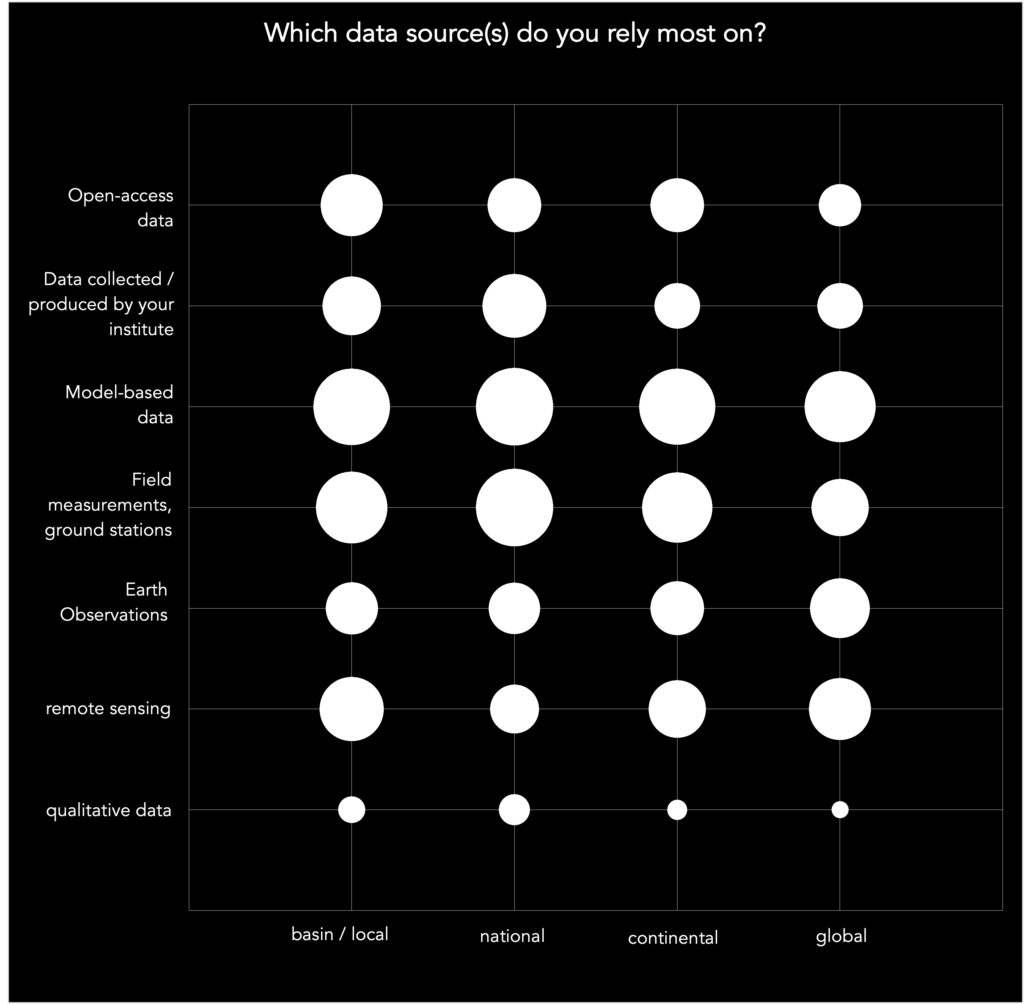
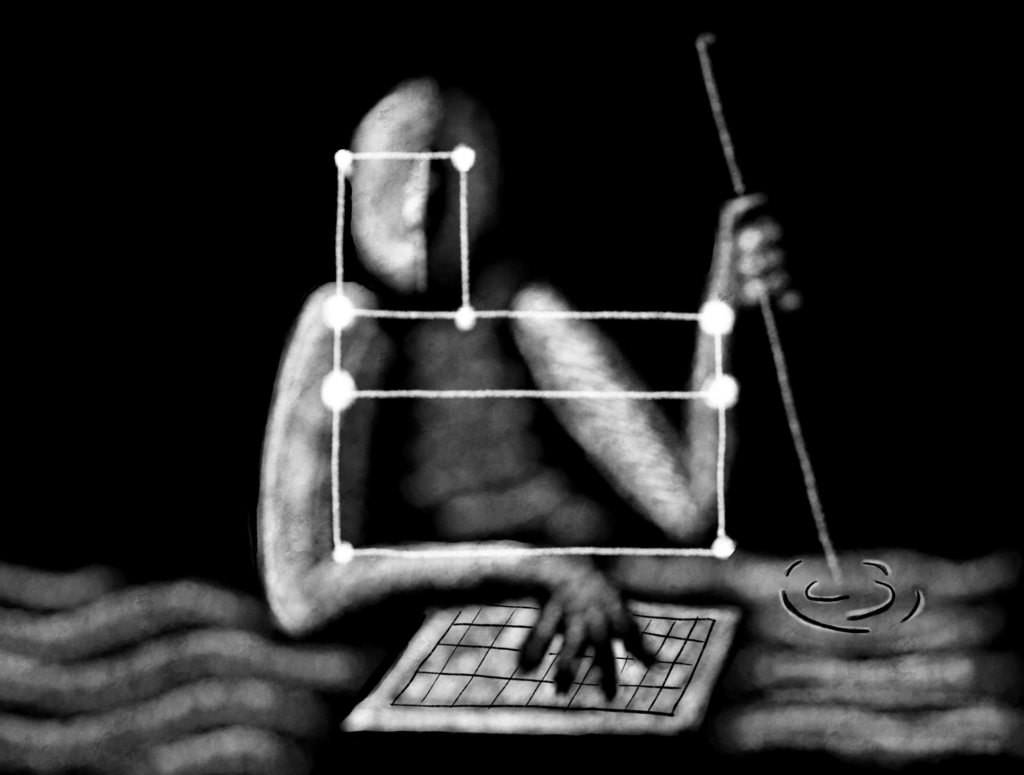
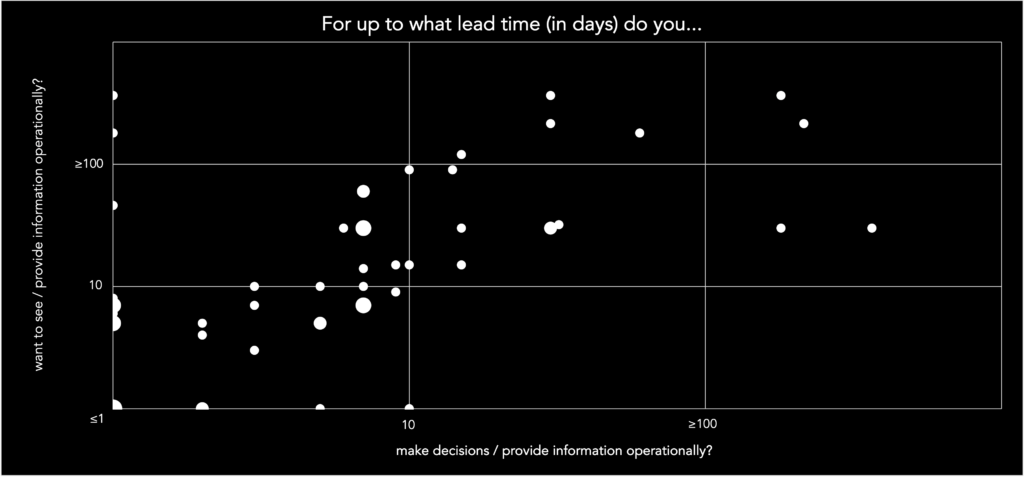
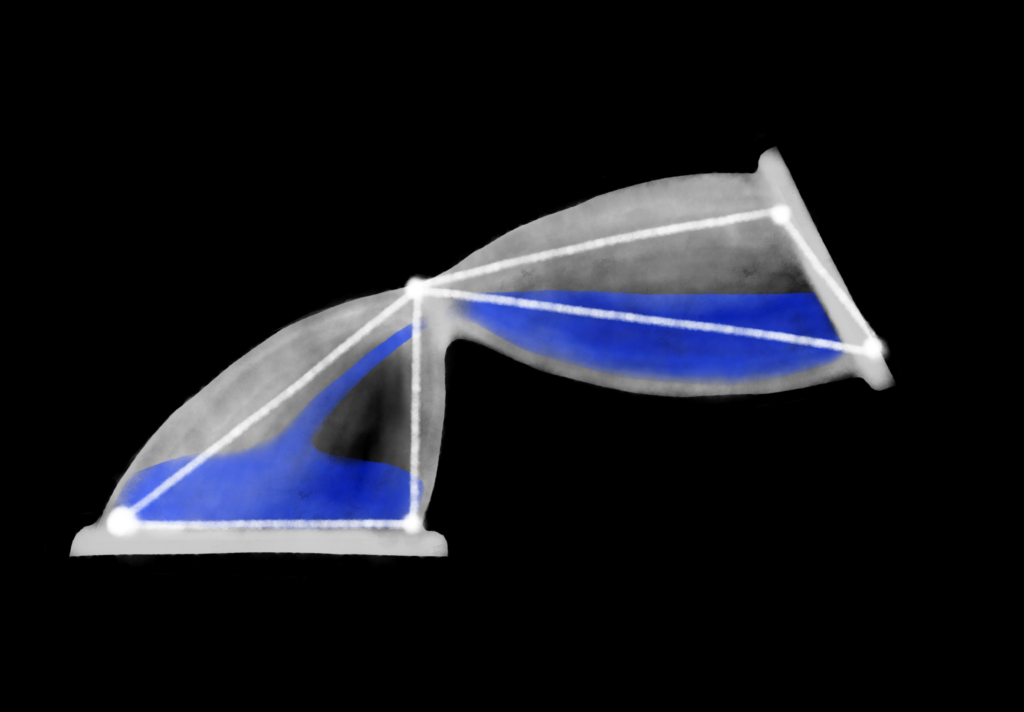
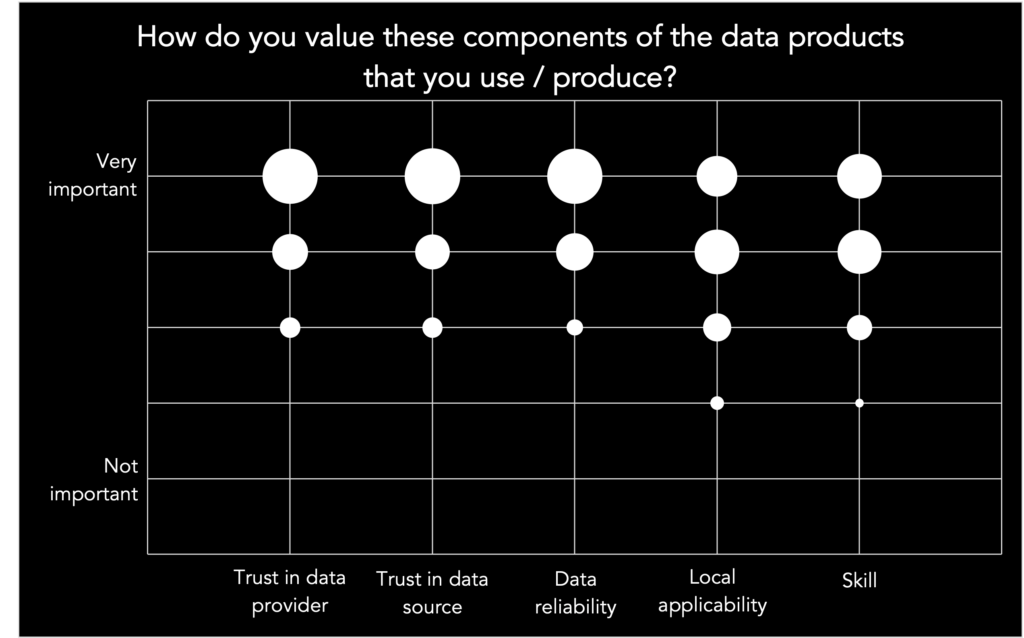
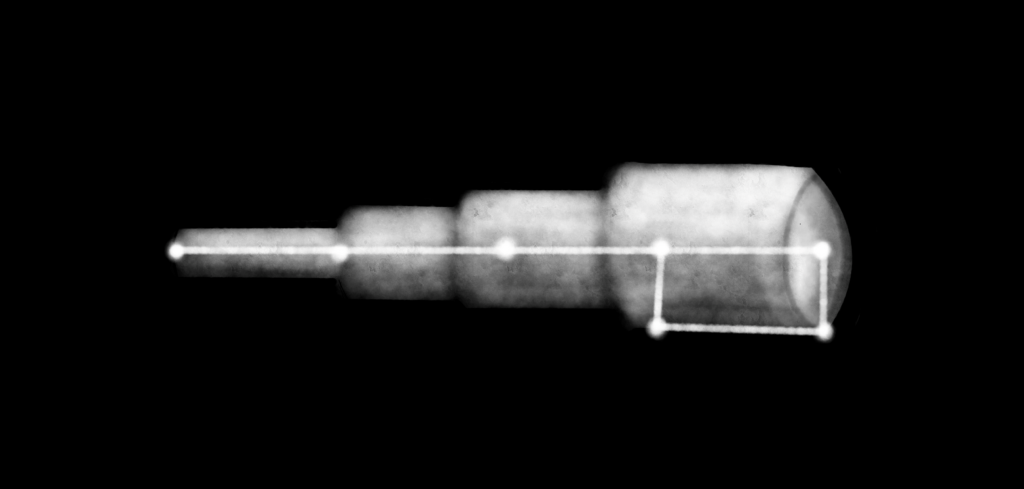
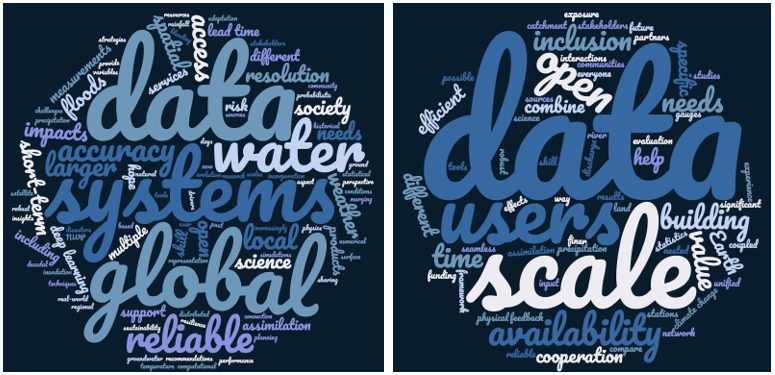
0 comments